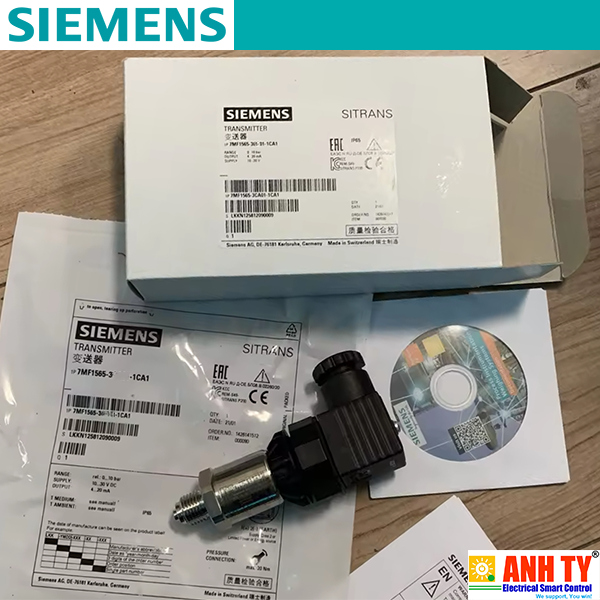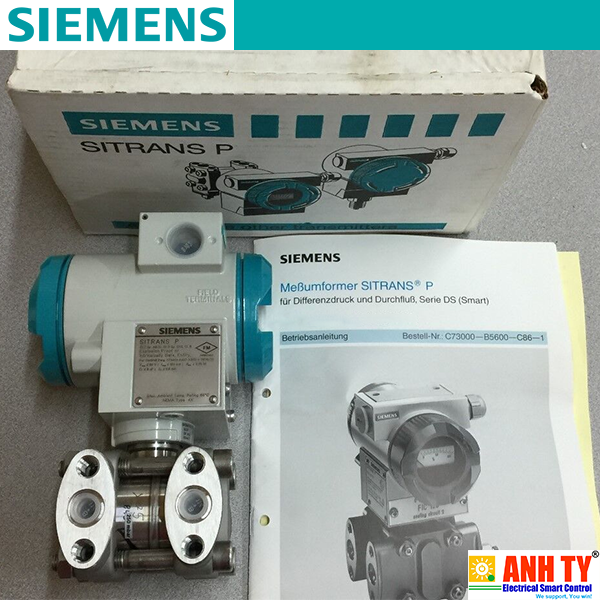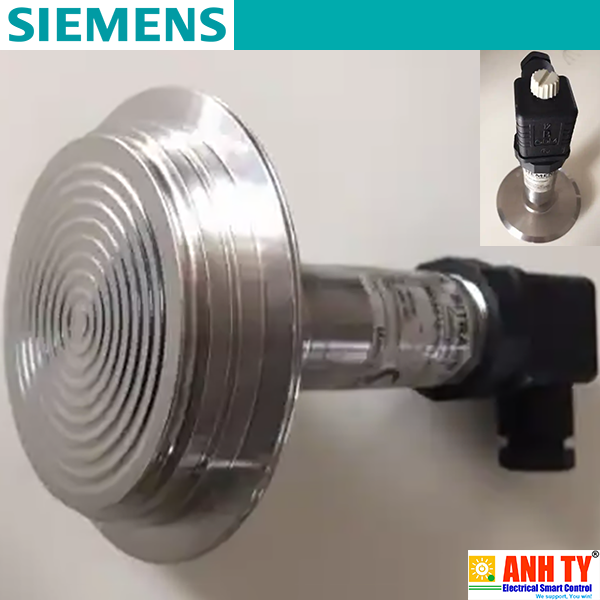Cảm biến áp suất | Pressure sensors
Cảm biến lưu lượng máu quang học siêu nhỏ cho thiết bị đeo và điện thoại thông minh
Tập đoàn Kyocera (Nhật Bản) vừa phát triển thành công cảm biến lưu lượng máu quang học với kích thước siêu nhỏ, đo lượng máu lưu thông trong các mô dưới da. Với cảm biến này, Kyocera đang nghiên cứu một loạt các ứng dụng y tế di động (mHealth) như theo dõi mức độ căng thẳng, ngăn ngừa mất nước, say nắng và các bệnh về độ cao bằng cách nghiên cứu các xu hướng hoặc thay đổi lượng máu lưu thông trong các điều kiện khác nhau và phát triển các thuật toàn phát hiện.

Bằng cách sử dụng công nghệ siêu nhỏ của Kyocera, cảm biến có kich thước chỉ 1 mm x 1,6 mm x 3,2 mm, được thiết kế để phù hợp với các loại thiết bị đeo vầ điện thoại thông minh. Công ty sẽ cung cấp các mẫu mô-đun cảm biến bắt đầu từ tháng 4 năm 2017, và mục tiêu có thiết bị thương mại hóa thương mại hóa vào tháng 3 năm 2018.
Thị trường thiết bị đeo được đã mở rộng đáng kể trong những năm gần đây, tập trung chủ yếu vào sức khoẻ và thể dục thể thao. Các ứng dụng mHealth mới đang được phát triển cho một loạt các ứng dụng chăm sóc sức khoẻ bao gồm bệnh mãn tính, chăm sóc người già và chăm sóc sức khoẻ. Các thiết bị chăm sóc sức khoẻ toàn cầu dự kiến sẽ tăng từ 2,5 triệu chiếc trong năm 2016 lên 97,6 triệu chiếc trong năm 2021
Kyocera, hãng cung cấp nhiều loại linh kiện cho điện thoại thông minh và thiết bị có thể đeo, đã phát triển các sản phẩm nhỏ hơn, mỏng hơn để hỗ trợ chức năng cao hơn trong các thiết bị nhỏ gọn hơn. Công ty phát triển cảm biến này như là một mô-đun tích hợp, kết hợp giữa các điốt laser và điốt quang, dựa trên công nghệ siêu nhỏ phát triển từ trước.

Structure of the micro blood flow sensor chip
Với việc truyền độ nhiễu thấp, kích thước nhỏ và tiêu thụ điện năng ít (0.5 mW), cảm biến có thể dễ dàng tích hợp vào điện thoại thông minh hoặc thiết bị có thể đeo được cho các ứng dụng mHealth.
In English:
KYOCERA Launches Miniature Laser-Technology Based Blood-Flow Sensor for Wearable Devices, Smartphones
Kyocera Corporation announced that it has developed one of the smallest known optical blood-flow sensors, which measures the volume of blood flow in subcutaneous tissue. The device functions similarly to green LED lights used for measuring heart rates, except it uses laser technology. With the sensor, Kyocera is researching a variety of mobile health (mHealth) applications such as monitoring stress levels or preventing dehydration, heatstroke and altitude sickness by studying trends or changes in blood-flow volume as alerts for these conditions and developing algorithms for detection.

Leveraging Kyocera’s expertise in miniaturization, the sensor — only 1mm high, 1.6mm long and 3.2mm wide — is designed for use in small devices such as mobile phones and wearable devices. The company will offer sensor module samples starting April 2017, and aims to commercialize the technology as a device by March 2018.
Potential mHealth Applications in Research & Development
Blood-flow sensing earbuds: Check stress levels or orthostatic hypotension while music plays by analyzing blood flow
Wearable device for heatstroke prevention: Help prevent dehydration or heatstroke by detecting changes in blood flow
Wearable device for mountain climbers: Help avoid dehydration or altitude sickness by monitoring blood flow and sending notifications to rehydrate when there are potential risks
Development Background
The wearable device market has expanded substantially in recent years, focused primarily on health and fitness. New mHealth applications are being developed for a wide range of healthcare applications including chronic diseases, eldercare and wellness. Global shipments of healthcare wearables are expected to rise from 2.5 million units in 2016 to 97.6 million units in 2021*1.
Kyocera, which provides a wide range of components for smartphones and wearables, has been developing slimmer, smaller products to support higher functionality in more compact devices. The company developed this sensor as an integrated module, incorporating the laser diode and photodiode into a single ceramic package, based on its established expertise in miniaturization technologies.
.jpg)
Theory of how the sensor works
Basic Principle and Main Features
Devices equipped with this new sensor will be able to measure blood-flow volume in subcutaneous tissue by placing the device in contact with an ear, finger or forehead*2. When light is reflected on blood within a blood vessel, the frequency of light varies — called a frequency or Doppler shift — according to the blood-flow velocity. The new sensor utilizes the relative shift in frequency (which increases as blood flow accelerates) and the strength of the reflected light (which grows stronger when reflected off a greater volume of red blood cells) to measure blood-flow volume.
Featuring a high signal-to-noise ratio (S/N), small size and low power consumption (output: 0.5mW), the sensor can be easily integrated into a smartphone or wearable device for mHealth applications.
*1 Based on information issued by Tractica LLC in April 2016
*2 The sensor targets capillaries for measurement and cannot be utilized on all parts of the body; measurement site may depend on monitoring applications.
(theo fimo.edu.vn và ledinside.com)






.jpg)
